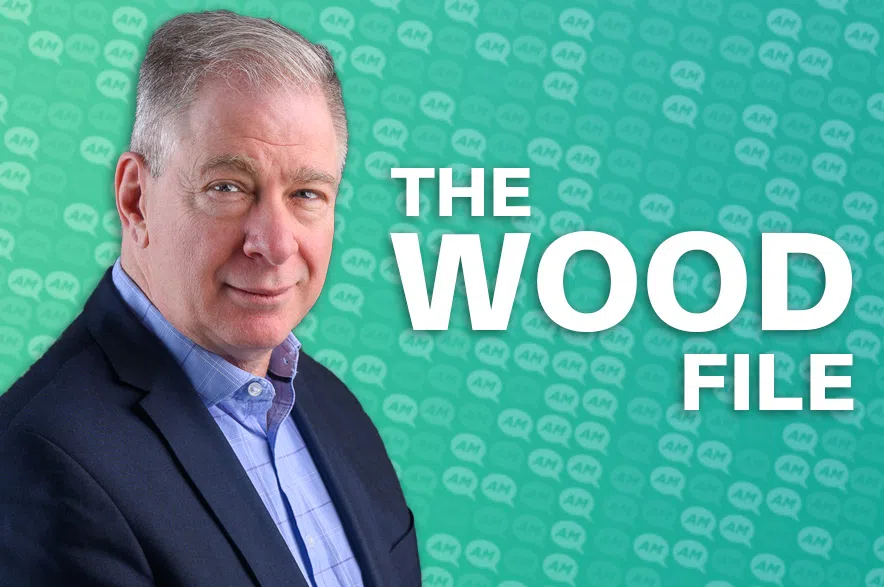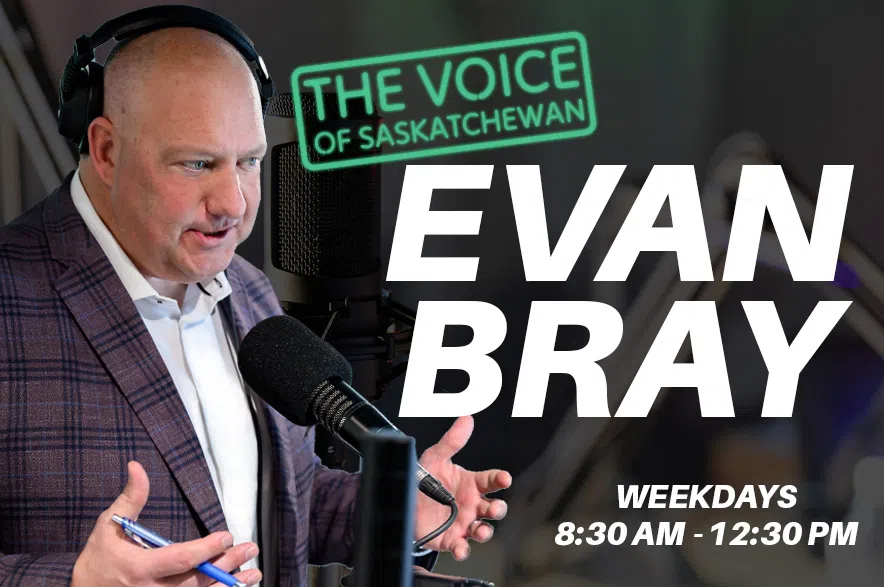A southern Saskatchewan hunter says the province’s new elk season is reckless and rushed.
However, the government insists it’s a short-term measure to protect farmers from the mounting damage caused by wildlife.
Zachary Schlageter, who has hunted alongside his father for 17 years, said the late-November season was announced without enough research or planning.
Read more:
- Hunters raise safety and access concerns about new elk hunt: SWF
- Sask. adds elk hunting opportunity in effort to limit crop damage
- WATCH: Hundreds of deer and elk cause daily damage to Plunkett farm
“I completely understand the way that farmers and ranchers would want these populations to be dealt with when it’s affecting their livelihoods,” Schlageter said. “But to open it up in the whole southern Saskatchewan is quite reckless, in my opinion, by the provincial government.”
The province added an antlerless elk hunt from Nov. 20 to 27, covering all farmland zones south of the provincial forest. Officials said the goal is to reduce elk congregations that trample feedstocks and damage crops.
Schlageter said the plan lacks precision.
He worries a province-wide hunt could deplete small, stable herds and fail to reduce numbers in true hotspots. He also warned that overlapping the elk hunt with Saskatchewan’s busiest big-game week—whitetail deer season—could create dangerous crowding.
“The more hunters you’re putting in the field at one time looking for different species, the more likely you are to have accidents,” he said. “It could get very crazy, very quick if there’s a lot of guys out in the field and lots of lead flying around.”

Southern Saskatchewan hunter Zachary Schlageter with a deer harvested during a previous season. (Zachary Schlagete/submitted)
Beyond safety, Schlageter noted that more stringent trespass rules now complicate hunting access, particularly on absentee or corporate landowners’ properties.
“If you have elk that are hanging out in areas where guys can’t get to them, then this will really be a redundant thing, because they won’t even touch the numbers at all,” he said. “A lot of guys don’t hunt anymore because they just can’t find anywhere to hunt.”
He believes the government should release precise population counts before opening new seasons.
“When the government is using mostly just crop-insurance data … to me, that’s not right,” he said. “You need to have boots on the ground, figuring out how many you have and what a healthy population looks like.”
Schlageter said he supports managing overpopulation where it exists, but called for targeted action and consultation with hunters and wildlife groups.
“Hunters are conservationists,” he said. “We have a duty to keep these populations healthy for the long term, but it has to be done responsibly.”
He added that he won’t take part in the new hunt near his usual area in southern Saskatchewan, saying local herds appear balanced.
“We have sustainable, healthy populations here,” he said. “I don’t feel there’s a need for anyone to go out and potentially harm these populations by killing the ones that are going to be reproducing in the future.”
Province defends decision
In an emailed response, the Government of Saskatchewan said the new hunt is a temporary, data-gathering step intended to relieve pressure on producers while informing future policy.
The extended hunt is intended to apply pressure to congregated elk populations to disperse them on the landscape.
The hunt’s timing was set to minimize overlap with other elk hunting seasons.
The government said landowners and producers are encouraged to support this initiative by posting signage on their property with their contact information so interested hunters can get in touch with them. When the hunt is concluded, hunter harvest surveys will be used to assess both harvest levels and hunters’ success in obtaining landowner access.
The results will be considered in future wildlife management planning.











